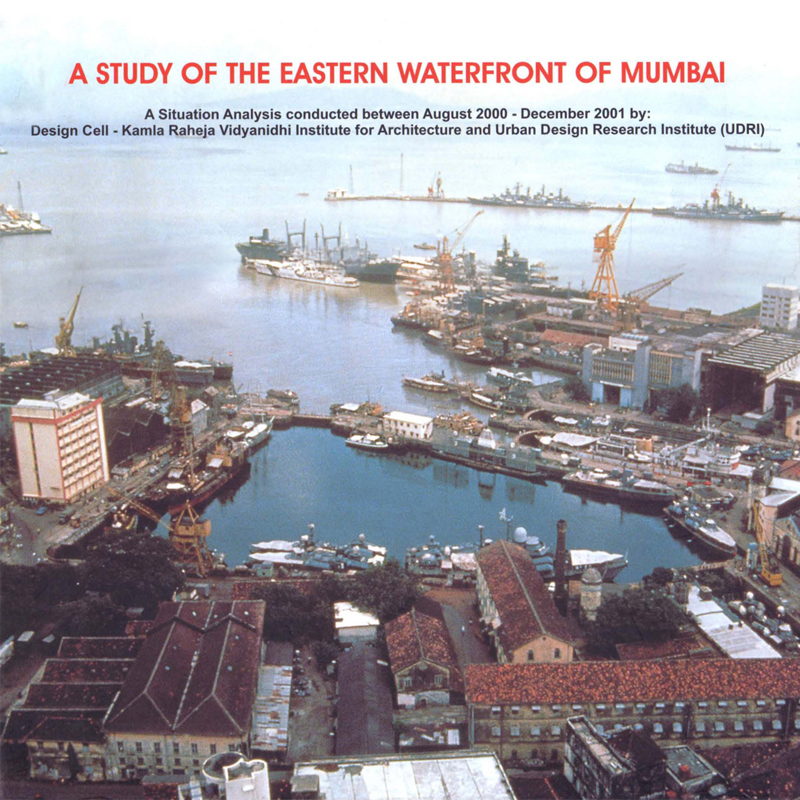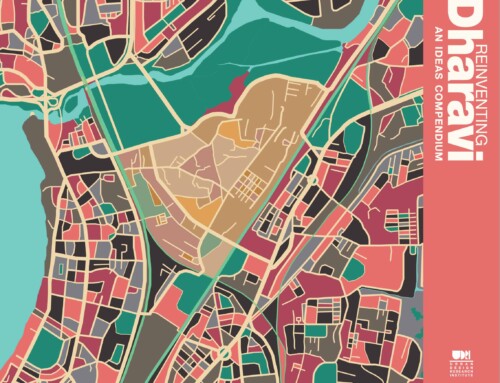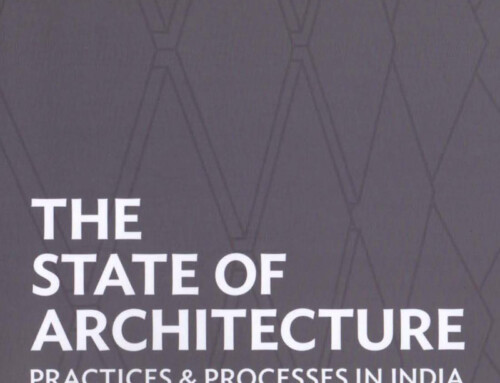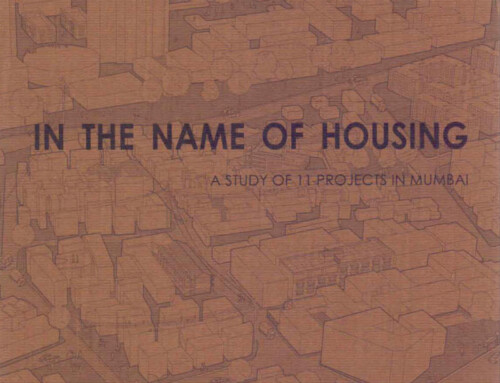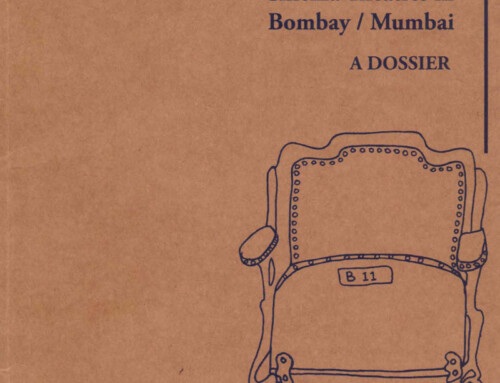Project Description

A STUDY OF THE EASTERN WATERFRONT OF MUMBAI
A Situation Analysis conducted between August 2000 – December 2001 by: Design Cell-Kamla Raheja Vidyanidhi Institute for Architecture and Urban Design Research Institute (UDRI).
“A STUDY OF THE EASTERN WATERFRONT OF MUMBAI” is available for reference at UDRI Resource Centre.
PREFACE
Rahul Mehrotra
Anirudh Paul
Pankaj Joshi
Mumbai, July 2004
Like other cities, European and Asian, Mumbai has lost its orientation towards its historic city centre and is developing, in the planner’s imagination, into a Metropolitan Region. The emerging landscape has, in the process, been fragmented into numerous specialized zones spread across the metropolitan area (including the historic inner city), whose relative importance depends on their potential connectivity. Mumbai is thus at an interesting juncture of its history where the city is negotiating simultaneously its relationship with the metropolitan region as well the many potential spaces or voids that are emerging , or could potentially emerge, within its centre. At the centre, the most interesting prospects for the city have to do with reclaiming the post industrial landscapes in the city for public use. It is the Mill Lands and the vast stretch of land along the city’s Eastern Waterfront that are emerging as the focus of this ‘reclaiming’ process, where multiple aspirations, needs, and conflicts are playing themselves out.
In this context, the city’s Eastern Waterfront is particularly interesting and of great relevance, on account of its position both in the geography of the city, as well as the Metropolitan Region. The very connection of the historic city centre to the metropolitan area is dependent on how this stretch of waterfront is recycled for urban use. Furthermore, in the regional growth scenarios and projections of a ‘Golden Triangle’ connecting Mumbai, Nashik, and Pune, the Eastern Waterfront would be critical for establishing connections between the old centre and the regional triangle – the latter now comprising emergent industries, special economic zones, and agricultural export zones. It was in recognition of the crucial role that the area could play in the evolution of the Metropolitan Region that the UDRI (Urban Design Research Institute) and the KRVIA (Kamla Raheja Vidyanidhi Institute for Architecture and Environment Studies) jointly undertook this study to examine the potential of the Eastern Waterfront.
Thus this publication does not attempt proposals for what can happen to the area but has instead been limited to an analysis of the existing resources and potentials of Mumbai’s Eastern Waterfront. The intention is to share with the public potential role of the Eastern Waterfront in the future of Mumbai – perhaps the last potential large scale planning opportunity that would transform not only the densest part of Mumbai but also reconnect the city to its regional context.
TABLE OF CONTENTS
- Introduction
- An Historic overview: The Erasure of an Economic Generator
- Chronological development of the Port
- Issues Impacting the Eastern Waterfront
- City Constraint
- Performance Constraints
- Institutional Constraints
- Institutional Constraints: Actors and Agencies
- Institutional Constraints: Mapping Conflicts
- District Characteristics and Resources
- Landuse
- Unrelated Activities
- Contested Terrain
- Infrastructure and Water Resource
- Building Resources
- Building Resources: Figureground
- Building Resources: Types of Warehouses
- Informal Settlements
- Informal Settlements
- Informal Industrial Networks
- Assessing Current Proposals
- Proposals of JICA
- MbPT Proposals for Port Backup
- Analysis of Proposals
- Potentials
- Potentials in the Region
- Potentials of Real Estate
- Potentials of Existing Resources
- Summary
- References and Bibliography
- Appendices
- MbPT Organisational Structure
- Six Alternatives of JICA Proposal
- Building Heights
- Case Studies from Contemporary Contexts
- Setting up a Task Force
- Eastern Waterfront Conference Proceedings
